Results for On display?:on; Current location:UMMA Gallery Location ➔ FFW, 2nd floor ➔ 216 (Japanese Gallery)
50 UMMA Objects
50 UMMA Objects

Shibata Zeshin
Plate with Floral Design, one of five
1879 – 1890
Museum purchase made possible by the Margaret Watson Parker Art Collection Fund
1968/2.56
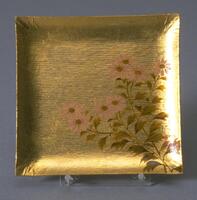
Shibata Zeshin
Plate with Floral Design, one of five
1879 – 1890
Museum purchase made possible by the Margaret Watson Parker Art Collection Fund
1968/2.60
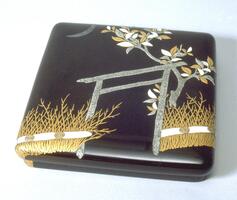
Ogata Kōrin
Writing Box (Suzuri-bako)
1661 – 1716
Gift of the Baroness Maud Ledyard von Ketteler
1942.7
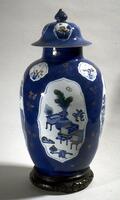
Chinese (Chinese (culture or style))
Covered Jar (Jar)
1700 – 1722
Gift of the Estate of Hobart Taylor, Jr.
1982/1.206A
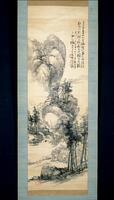
Okuhara Seiko
Summer Landscape
1877
Museum purchase made possible by the Margaret Watson Parker Art Collection Fund
1989/2.105

Japanese (Japanese (culture or style))
Tsuba (sword guard) with design of Kanzan (Chinese, Han Shan) and Jittoku (Chinese, Shihde), two Zen eccentrics
1700 – 1732
Gift of Mr. and Mrs. Robert T. Weston
1978/2.5

Japanese (Japanese (culture or style))
Tsuba (sword guard) with iris design
1775 – 1785
Gift of Mr. and Mrs. Robert T. Weston
1978/2.8

Ōtagaki Rengetsu
Eggplant and Calligraphy
19th century
Museum purchase made possible by the Margaret Watson Parker Art Collection Fund
1964/1.98
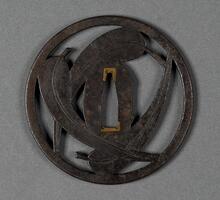
Sadanobu
Tsuba (Sword guard)
17th century
Museum purchase made possible by the Margaret Watson Parker Art Collection Fund
1966/1.103
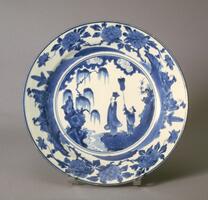
Japanese (Japanese (culture or style))
Blue-and-white plate with painting of figures in a landscape
1680 – 1690
Museum purchase made possible by the Margaret Watson Parker Art Collection Fund
1966/1.94
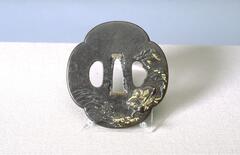
Harunori
Tsuba (sword guard) with inlaid design of samurai on horseback at the shore
18th century
Gift of Mr. and Mrs. Robert T. Weston
1978/2.2
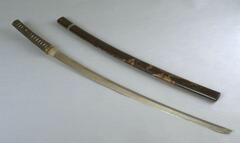
Japanese (Japanese (culture or style))
Sword, ornament, and scabbard
1858
Gift of Mr. and Mrs. Frederic R. Smith
1973/2.88
Loading…
